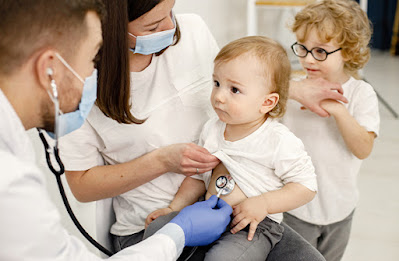Which skin infection is most common in children?

The most common skin infection in children is impetigo. Impetigo is a highly contagious bacterial infection that affects the top layers of the skin, causing red sores that ooze and develop a yellow-brown crust. It is caused by staphylococcus aureus or streptococcus pyogenic bacteria and is usually spread through direct contact with an infected person or an object contaminated with the bacteria. Impetigo can be treated with antibiotics, and good hygiene practices can help prevent its spread. Other common skin infections in children include ringworm, scabies, and cellulitis. Symptoms of impetigo in a child Impetigo is a contagious skin infection that is caused by bacteria, most commonly Staphylococcus aureus or Streptococcus pyogenes. It is more common in children than in adults. The symptoms of impetigo in a child may include: Red sores or blisters: These can appear anywhere on the body, but are most commonly found around the mouth and nose. Itching: The sores may be itch...



.jpg)